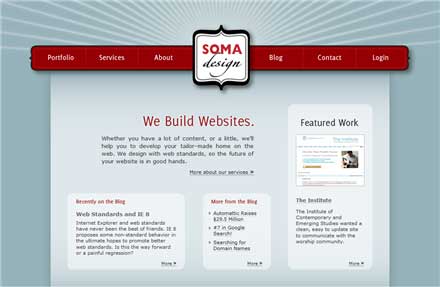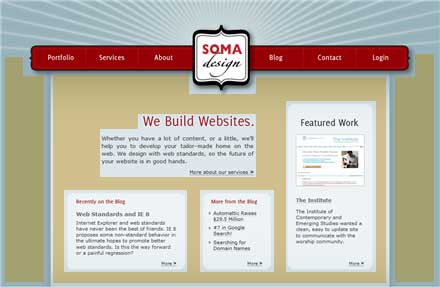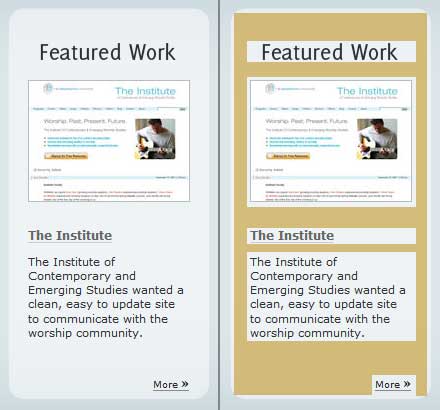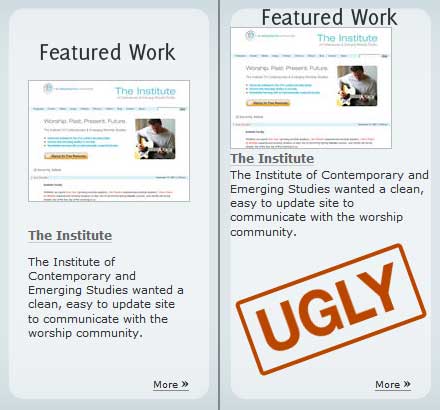The IE team has just announced on their blog that IE8 will default to their latest and greatest standards mode, in an about-face from their previous stance that IE8 would default to IE7’s rendering mode, which I covered when it was first announced. Their previous proposal would have required developers to insert an opt-in meta tag (or http header) in order to obtain IE8’s rendering mode, leaving the thousands of sites that target IE7’s various mis-handled standards implementations none the wiser.
I applaud the IE team for listening to developer feedback. Although I defended their previous proposal and tried to make the best of it, I’m much happier about this. Web standards and good development practices will receive another boost, as people will be screaming bloody murder at their broken sites. Developers will be pointed to the meta tag and essentially told, “we’re moving ahead on the web, but we had pity on your 5‑year old practices and decided to let you play too.” Designers who don’t know a table from a div will either be forced to learn about (X)HTML, CSS, and JavaScript, or be forced further into irrelevance and obscurity.
IE team, I salute you. You will, undoubtedly, have a lot of ignorant and incompetent developers and designers frothing at the mouth when IE8 releases, but you made the right move.



